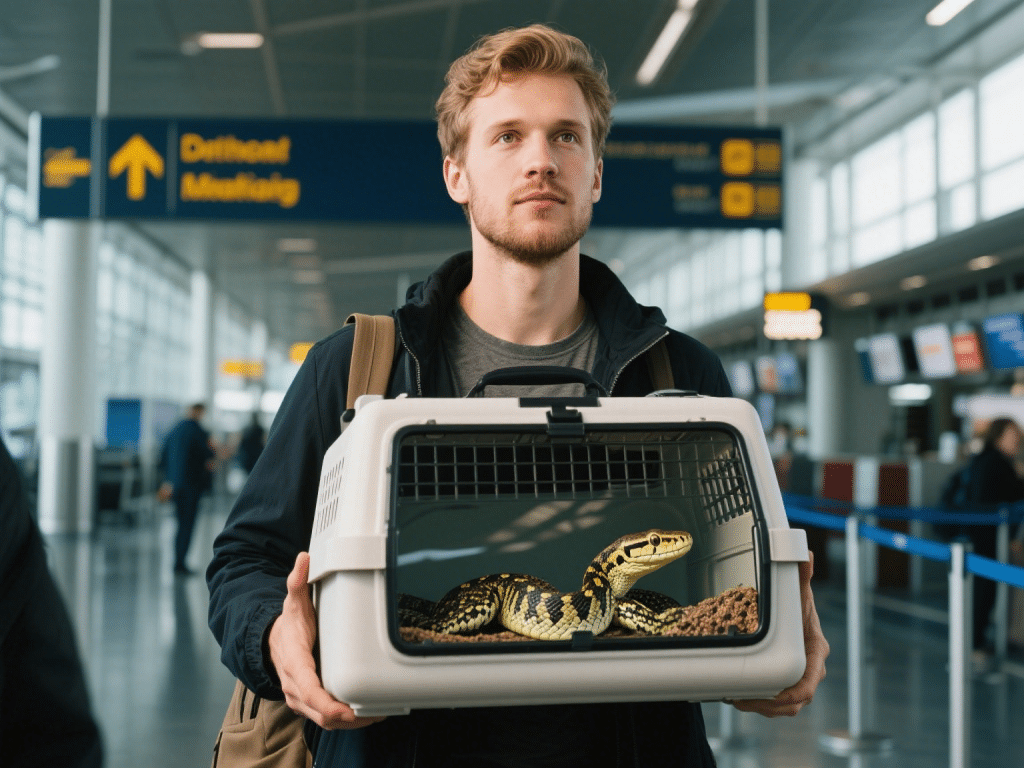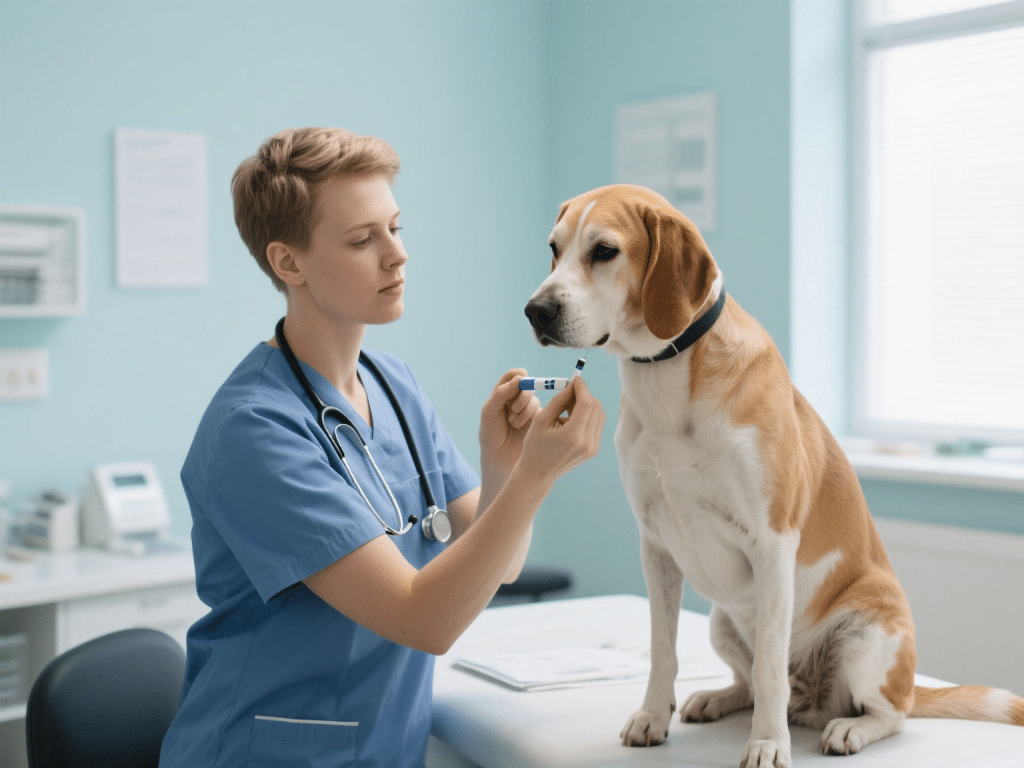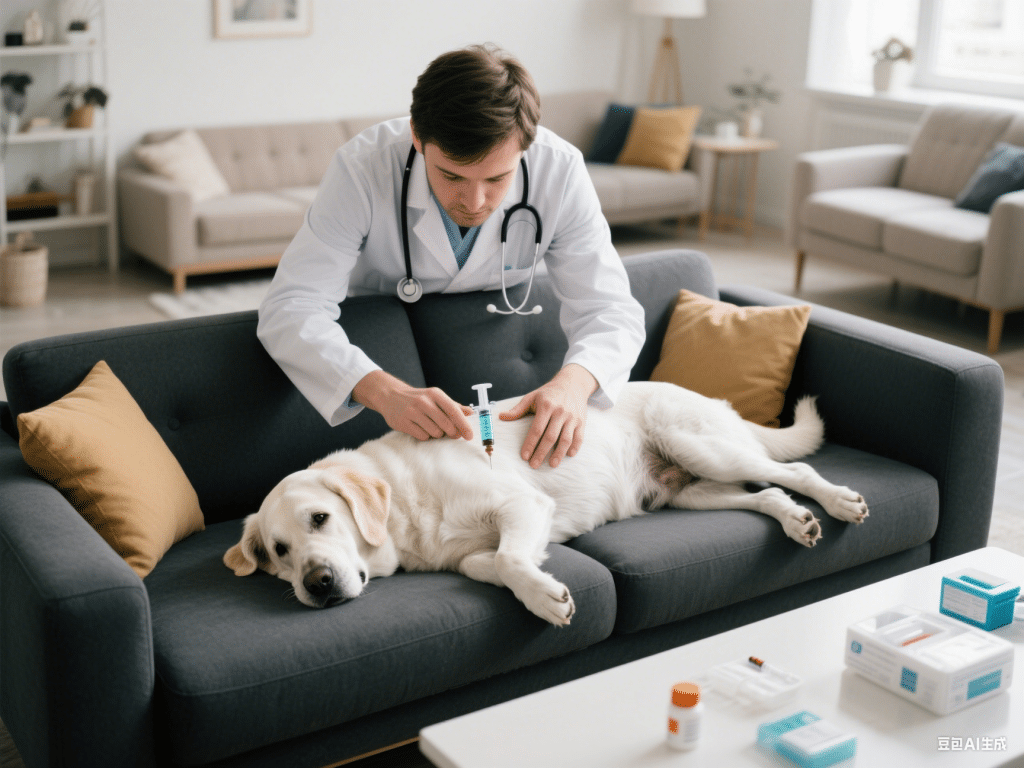Traveling Safely with Exotic Pets: Pre-Trip Planning and On-the-Go Care

Whether you’re jetting off for vacation or relocating, traveling with exotic pets—reptiles, birds, small mammals—demands meticulous planning. Stress, temperature fluctuations, and unfamiliar environments can jeopardize your pet’s health. As an exotic animal veterinarian with 14 years in wildlife transport, I’ll share step-by-step guidance on carrier selection, regulatory compliance, and in-transit care to ensure a safe journey for your unique companion.
1. Regulatory and Documentation Requirements
Health Certificates: Obtain species-specific certificates from a USDA-accredited veterinarian within required timeframes.
Import/Export Permits: Check CITES and local regulations—some species need special export permits or quarantine.
2. Choosing the Right Travel Carrier
Size & Security: Enough space to turn but minimal excess room to prevent injury.
Ventilation & Insulation: Mesh panels balanced with thermal liners for vivarium species.
Species-Specific Features: Water-resistant for amphibians; perches and bars for birds.
3. Pre-Trip Conditioning
Carrier Acclimation: Gradually introduce the carrier at home with positive reinforcement.
Diet & Hydration Plan: Offer slightly higher water intake pre-trip; fast birds for 4–6 hours before flight to reduce in-flight regurgitation.
4. Temperature and Humidity Control
Portable Heat Packs: For reptiles; ensure regulatory approval for airlines.
Misting Systems: Small spray bottles or humidity packs for amphibians and tropical species.
5. In-Transit Monitoring
Visual Checks: Observe breathing rate, posture, and activity through clear panels.
Minimal Handling: Avoid excessive disturbance; open the carrier only when necessary.
6. Arrival and Quarantine
Veterinary Check-Up: Immediate post-travel health examination.
Observation Period: Watch for stress signs—refusal to eat, lethargy, abnormal shedding.
7. Handling Emergencies
Preparedness Kit: Species-specific first-aid supplies—electrolyte solutions for small mammals, sterile saline for ocular emergencies in birds.
Emergency Contacts: List of exotic animal clinics along your route.
Conclusion
Traveling with exotic pets requires advanced preparation, from paperwork to environmental controls. By following these expert recommendations—choosing the right carrier, regulating temperature and humidity, and planning for emergencies—you’ll provide a safe, comfortable journey for your extraordinary companion.









Comments on "Traveling Safely with Exotic Pets: Pre-Trip Planning and On-the-Go Care" :